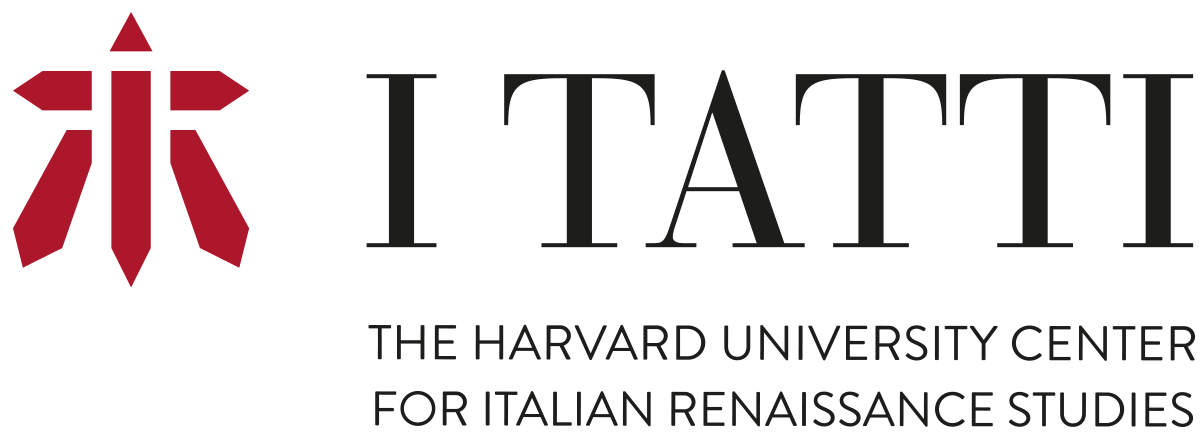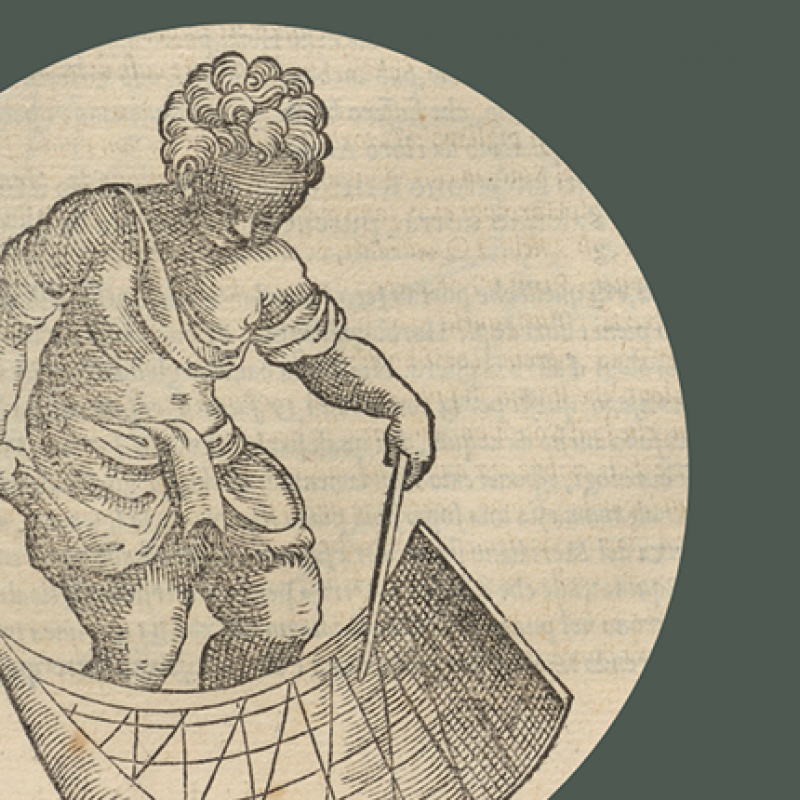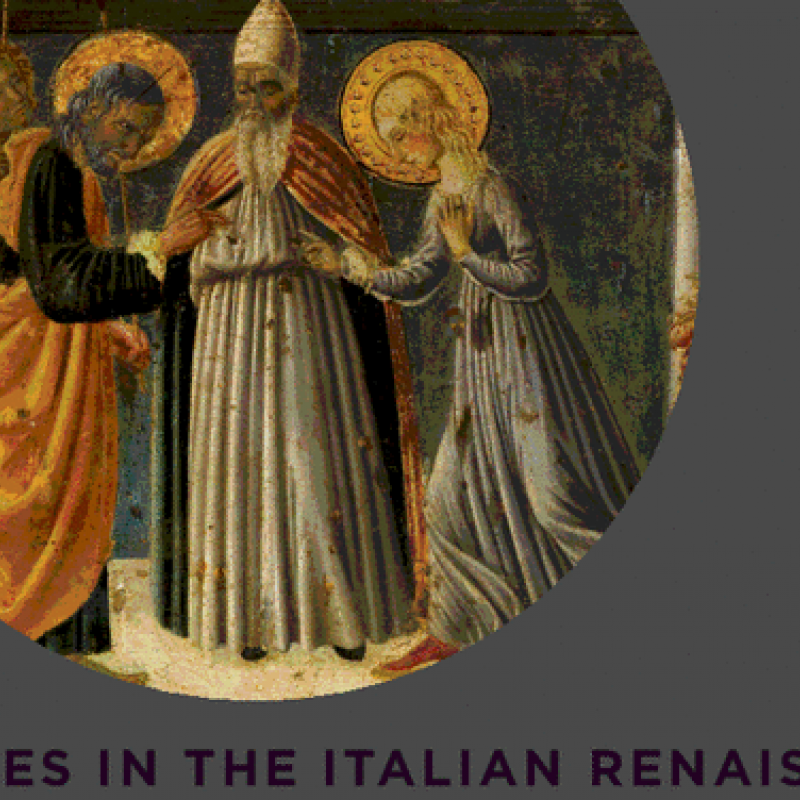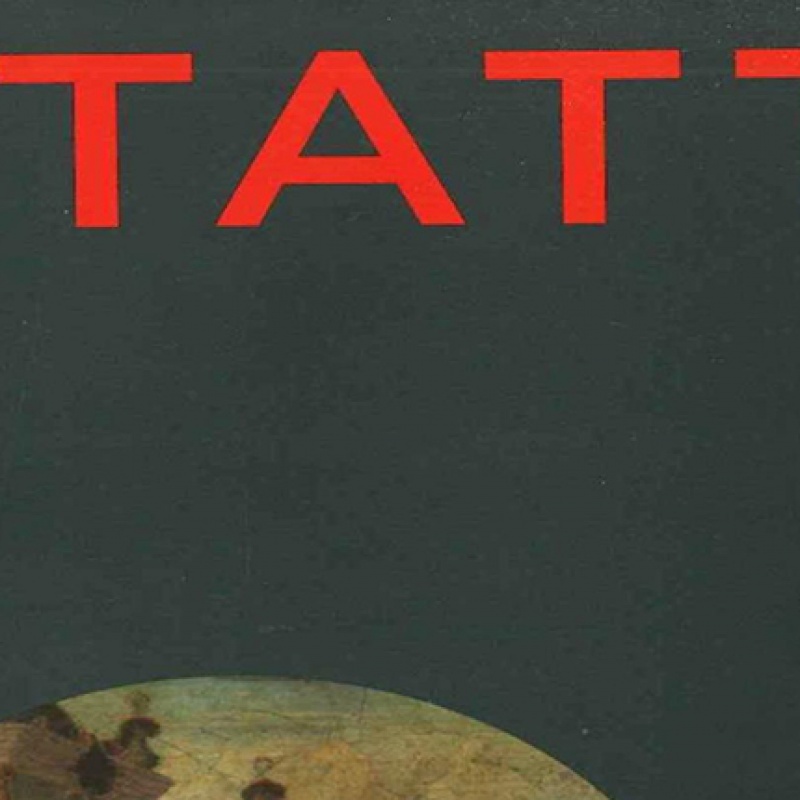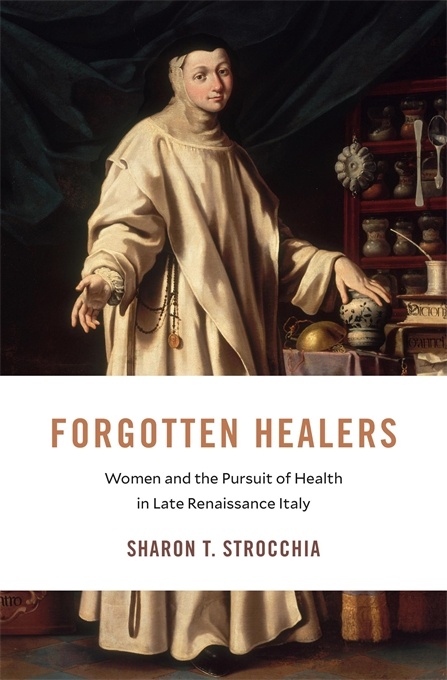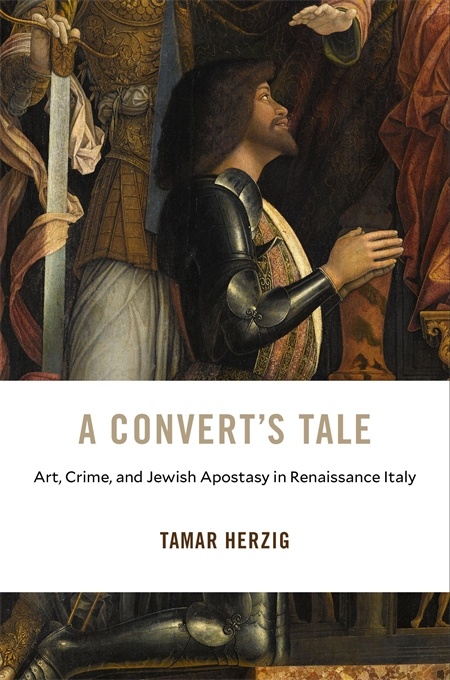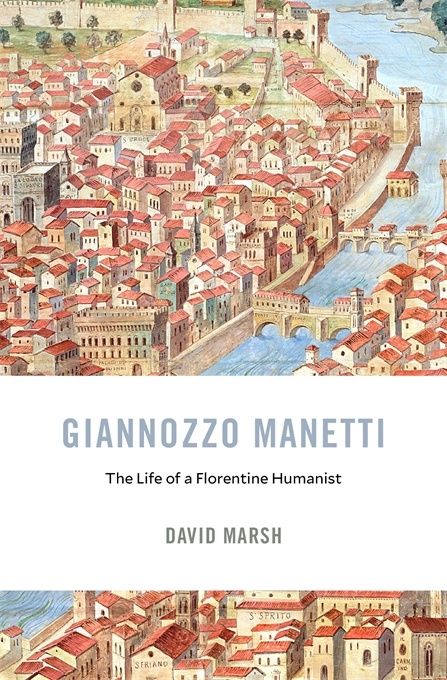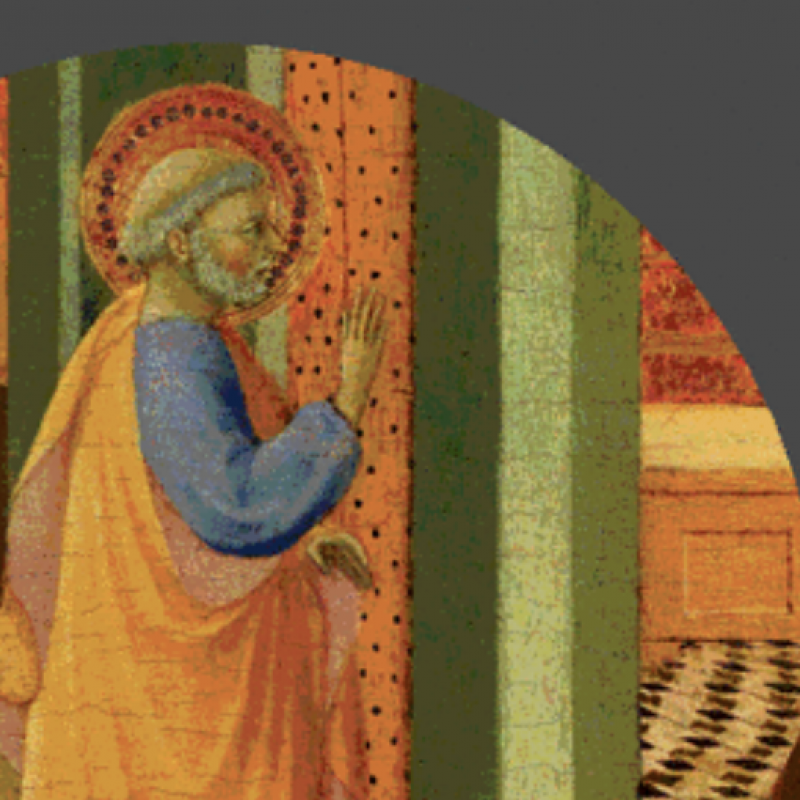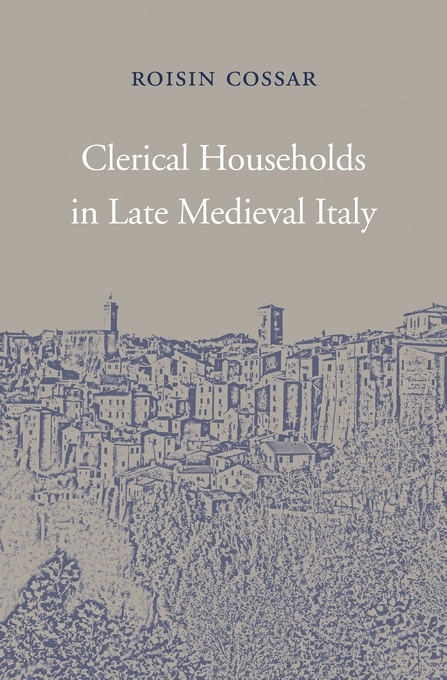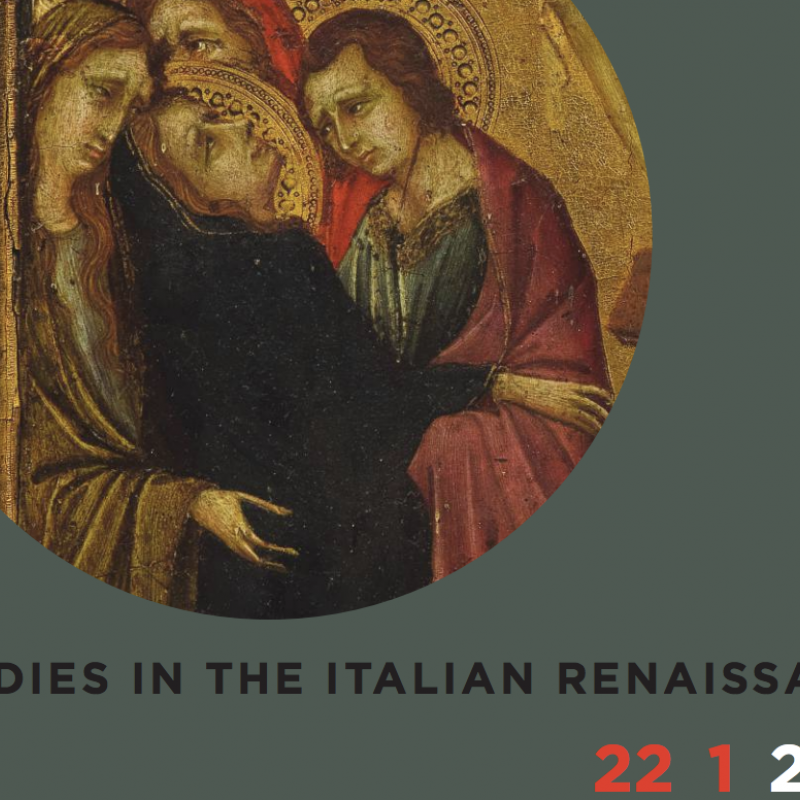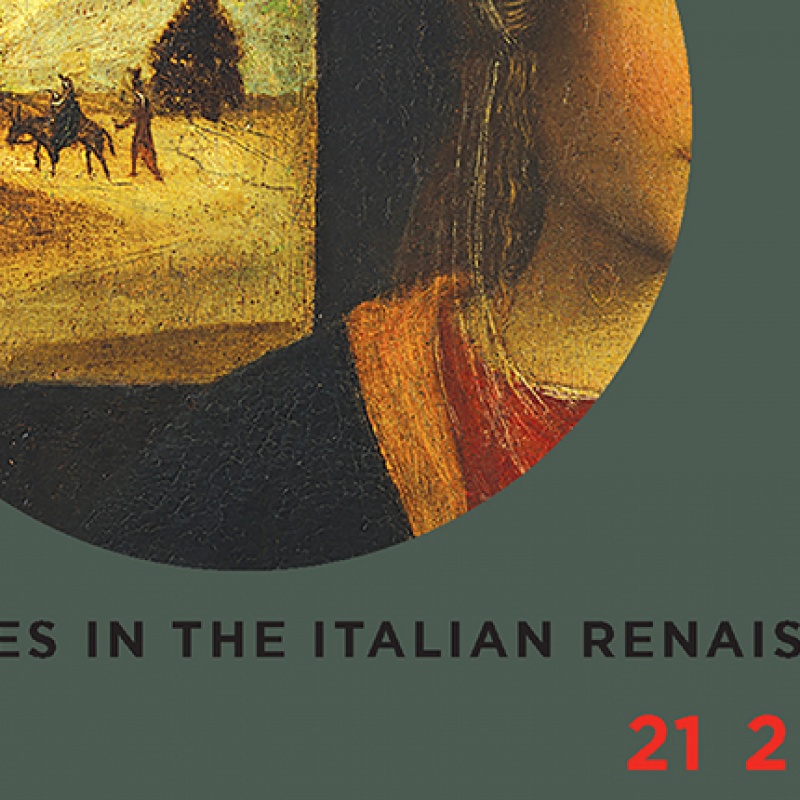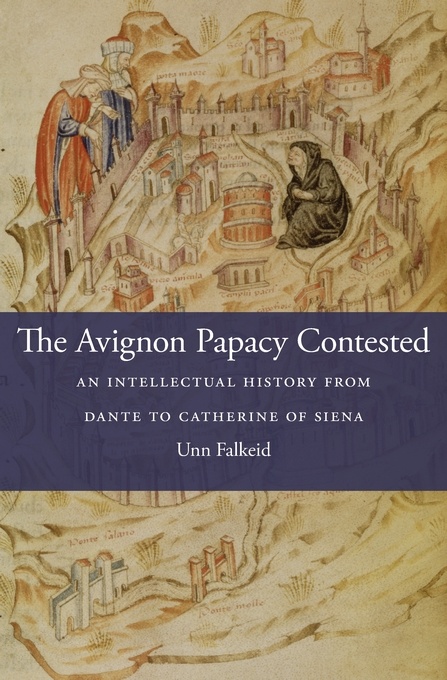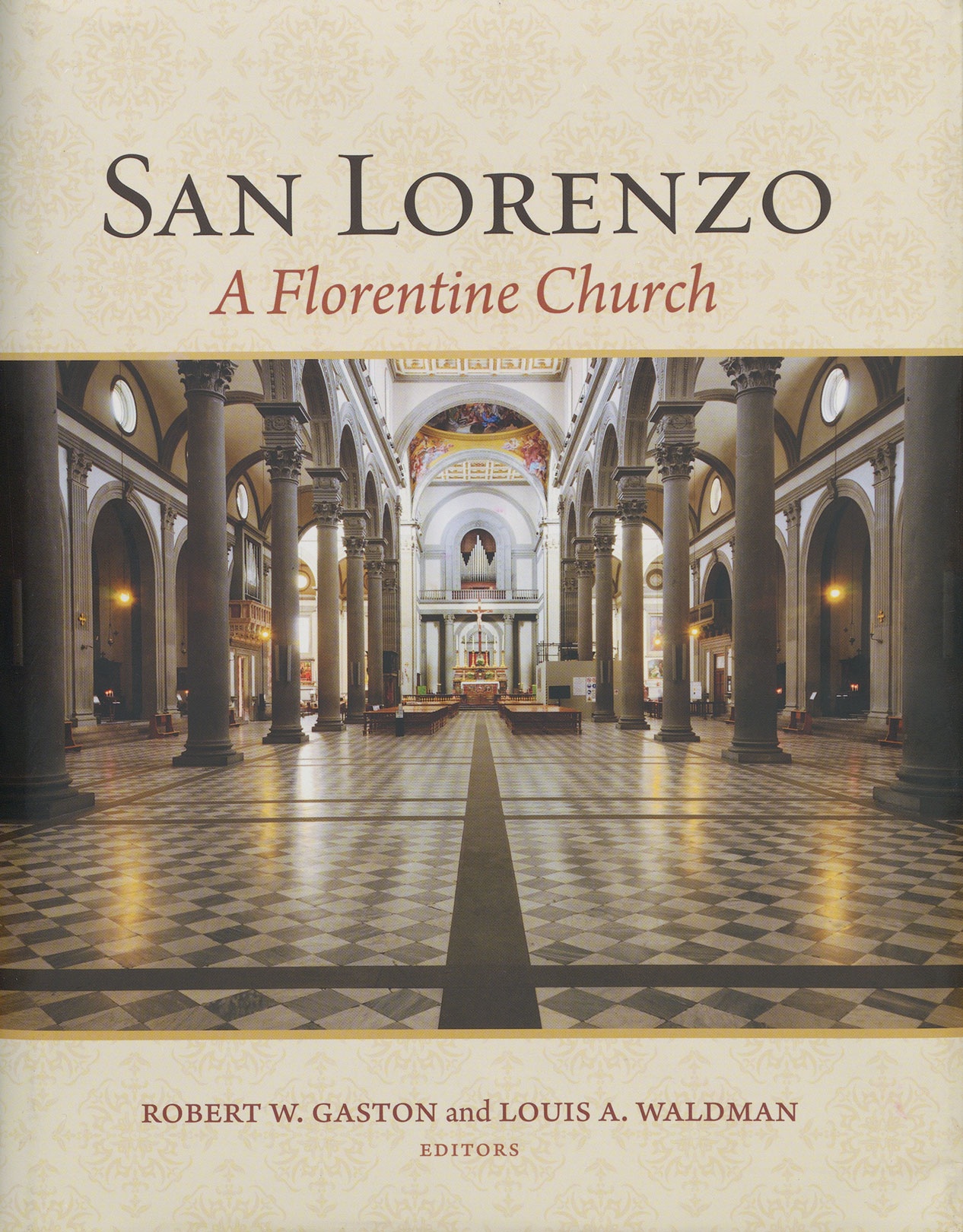Featured publication to post on the home page
Featured Publication
I Tatti Studies 23.1 Out Now
Call for essay submissions: “Proximities/Immobilities in Early Modern Italy”
2019. Forgotten Healers: Women and the Pursuit of Health in Late Renaissance Italy. Harvard University Press. Publisher's Version Abstract
. 2019. A Convert’s Tale: Art, Crime, and Jewish Apostasy in Renaissance Italy. Harvard University Press. Publisher's Version Abstract
. 2019. Giannozzo Manetti: The Life of a Florentine Humanist. Harvard University Press. Publisher's Version Abstract
I Tatti Studies 22.2 Out Now
. 2017. Clerical Households in Late Medieval Italy. Harvard University Press. Publisher's Version Abstract
I Tatti Studies 22.1 Out Now
I Tatti Studies 21.2 Out Now
I Tatti Studies Spring 2018 Out Now
Now Available: I Tatti Studies Fall 2017
. 2017. The Avignon Papacy Contested: An Intellectual History from Dante to Catherine of Siena. Harvard University Press. Publisher's Version Abstract
